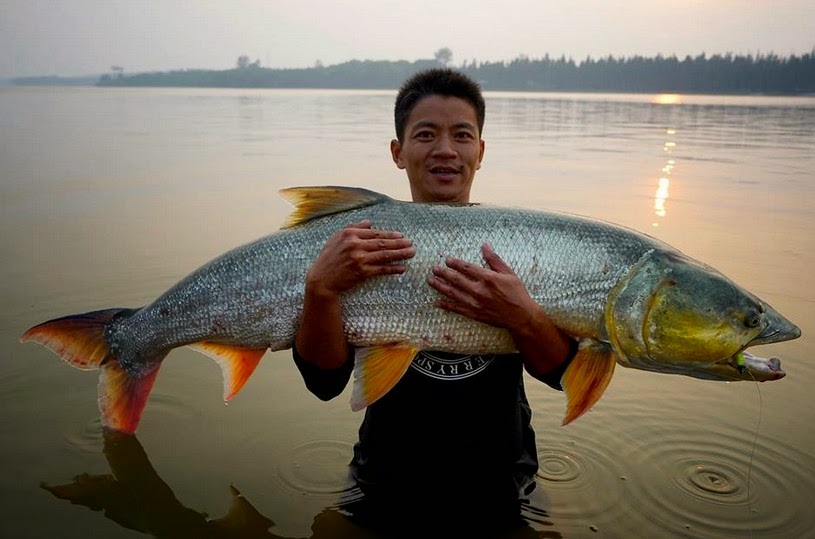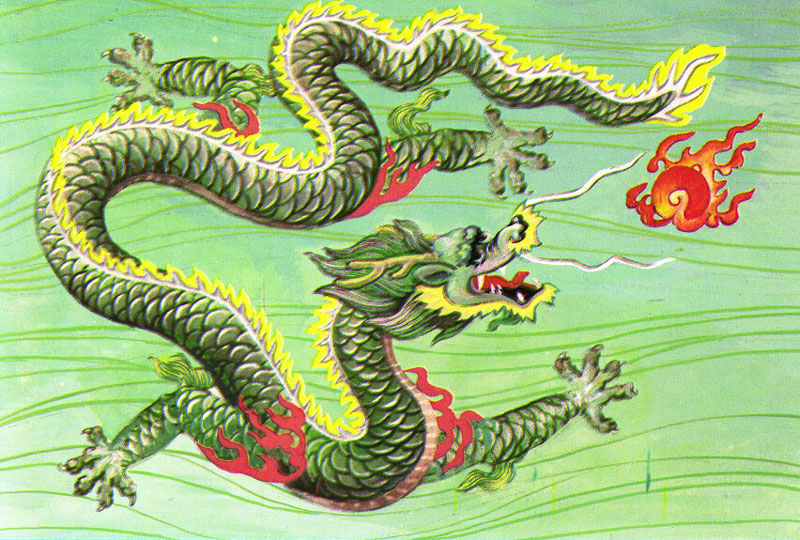dave2008
Legend
I agree completely. However, I don't necessarily think that would pass as a D&D "Red" dragon. Though it could definitely be another type of dragon. Heck, the description is very similar to a dragon turtle.In ancient times there were dragons that were clearly part animal, some with multiple sets of legs, extra heads or tails, even multiple pairs of wings. I see no reason not to call something shaped like an ankylosaur that has eight legs and breathes acid by the term "dragon".




